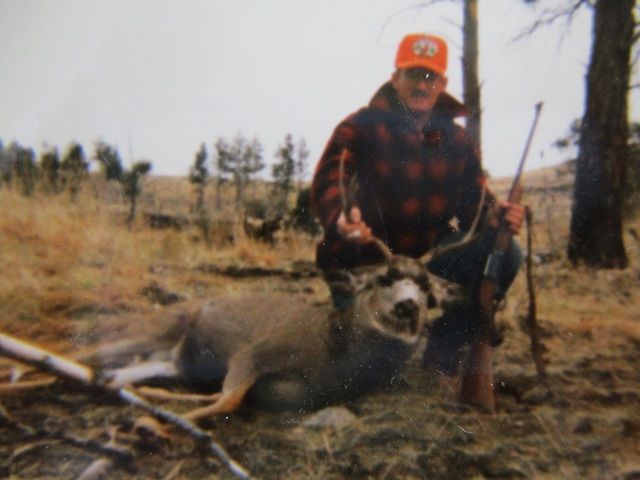What you don't have in any of those is a 'practical' rifle where 'practical' is synonymous with a centerfire rifle of 'all-around usefulness,' which includes suitability for sustained defensive use and long-term durability under field conditions.
OK, now that you have given your definition of "practical" we can have a discussion.
Mr. AMP sir, or dude, ...
... as much as I appreciate the implied compliment, the above was not 'my' definition of 'practical' or 'practical rifle,' but the one more or less given by several others, including Jeff Cooper, but most recently as summarized by Richard Mann in his exhaustive '
The Scout Rifle Study.' (A read which I highly recommend even if you can never ever see yourself buying or building one). Mann supports that definition with characteristics derived from a thorough historical review, Cooper's writings, and a variety of modern commercial specimens which he fully critiques.
So if you haven't read the book, trying to discuss the relevant attributes (or lack thereof) of what makes for a 'practical rifle' is, at best, like talking to a wall.

Could you also define "sustained defensive use" and "long term field conditions"? Because without an agreed upon standard, what meets my definition might not meet yours, and vice versa.
'Long term field conditions' would be at least several months of use without regular cleaning. Not necessarily shots fired everyday, but shot routinely - maybe 3-4 days out of 7 without cleaning. I've done that with some of my 'beater' M1s without cleaning, although, technically, I don't consider running a bore snake through the chamber and barrel to be the same as cleaning it with a rod, brush, patches, solvent, and a chamber brush.
If the modifier 'sustained' rankles you, just omit it in favor of "suitability for defensive use," which is more than 5rds fired in anger and likely less than 500rds in one engagement, even among a group of a half-dozen civies armed with 'practical rifles' who are hunkered-down on rooftops or barricaded in an alley in an L.A. Riots scenario.
At the level of the 'practical rifle' in civilian hands, there's a limit to how much ammo an individual can carry, and unlike the military there's no guarantee of re-supply once the shooting starts. But regardless, once the shooting
does start, your very 'practical rifle' had better be up to it. It's no longer just Fudley's hunter.
And then there is the matter of what can work vs. what is likely to work best.
No debate there. But you've needlessly brought up a strawman in the form of a 'distinction without a difference' where the 'practical/all-around rifle' is concerned. The endgame of the 'practical rifle' isn't that it's 'likely the best, or 'likely to work best' for a particular use, but that's it's the best among competing choices for a variety of uses (multi-tasking) for which you would choose a centerfire rifle.
Your perspective for what would be a 'practical/all-around rifle' might grow more accurate if you image a situation where by law
you could only own one centerfire rifle that would have to 'do it all.' Think of it that way.
If my idea of sustained defensive use is a belt fed HMG and long term field conditions is a year in the mud of Flanders fields with zero cleaning, few single rifles will meet that, in whole or part.
Red-herrings that aren't relevant to civilian situations.

You're talking about a military context and military engagements years long, whereas the 'practical rifle' concept is about the civilian context and what 'all-round' centerfire solution will work across a variety of scenarios. Hunting is one. Defensive use is another.
Non-autoloader exceptions might include the Madsen M47 mentioned in an earlier post, or the various U.S. Mil bolt guns.
What, no love for the SMLE???
Do like the SMLE!
And certainly in the 'practical bolt gun' category, it's a great choice
if you can readily source .303 Brit ammo or the components.


